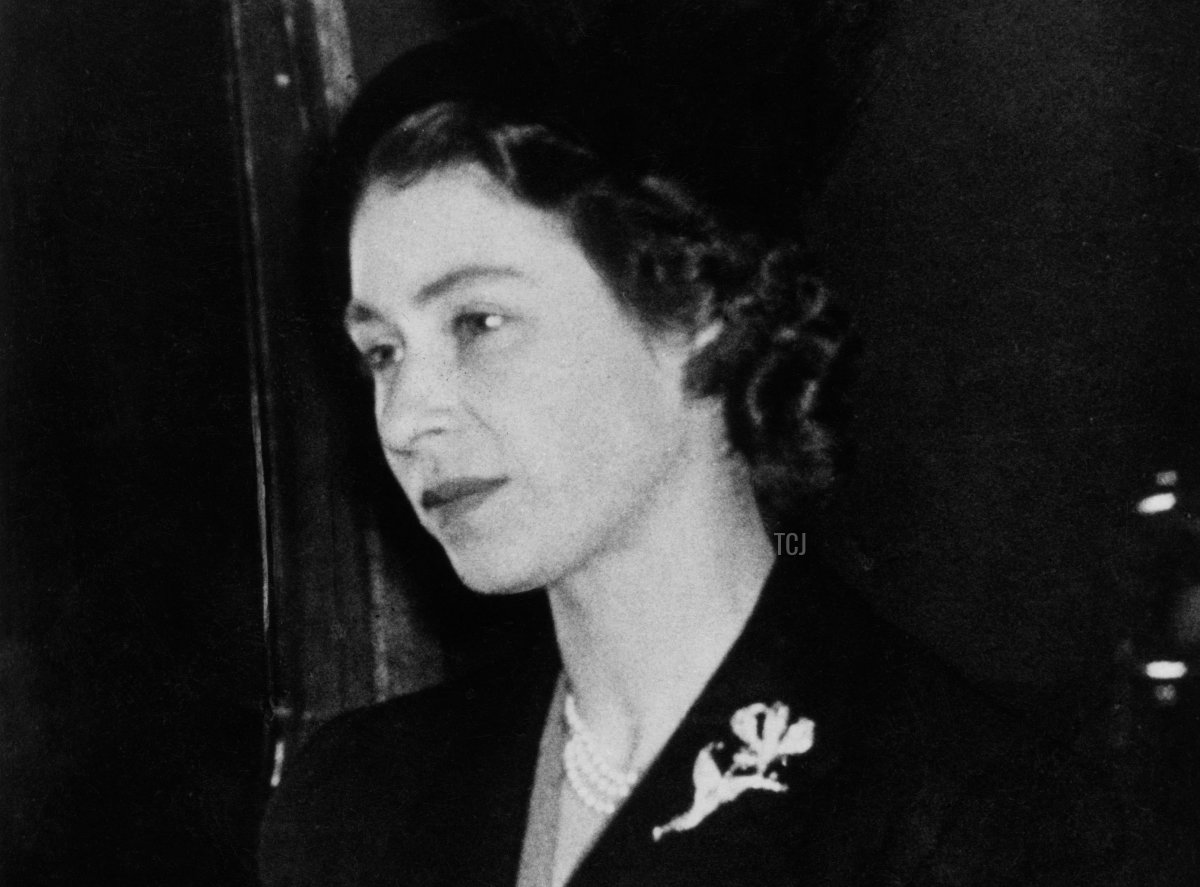
Seventy years ago today, Princess Elizabeth of the United Kingdom became Queen Elizabeth II of the United Kingdom overnight. As the Queen marks her Accession Day, I’ve got the story behind the brooch she wore in the instantly recognizable photographs of the moment she arrived back in Britain as its monarch for the first time.
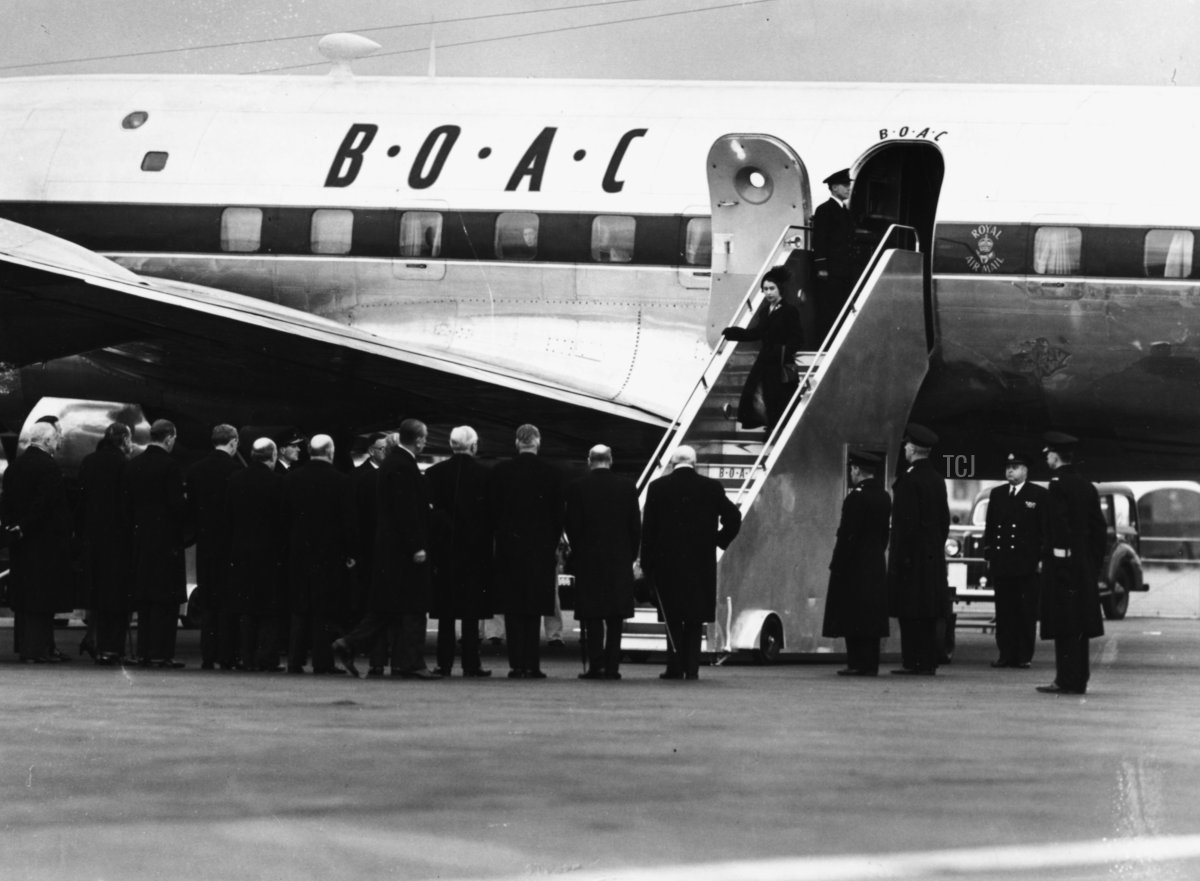
On February 7, 1952, the Queen’s plane landed at London Airport. She’d been in Kenya on the first leg of a six-month tour of the Commonwealth when she received the news that her father had died in his sleep. Within a day, she had returned home to England to reunite with her grieving family—and meet her people as their monarch for the first time.
To tell the story of the brooch she wore when she descended from the plane to the tarmac that day, though, we need to turn our clocks back five years earlier, to another royal tour in another part of Africa.
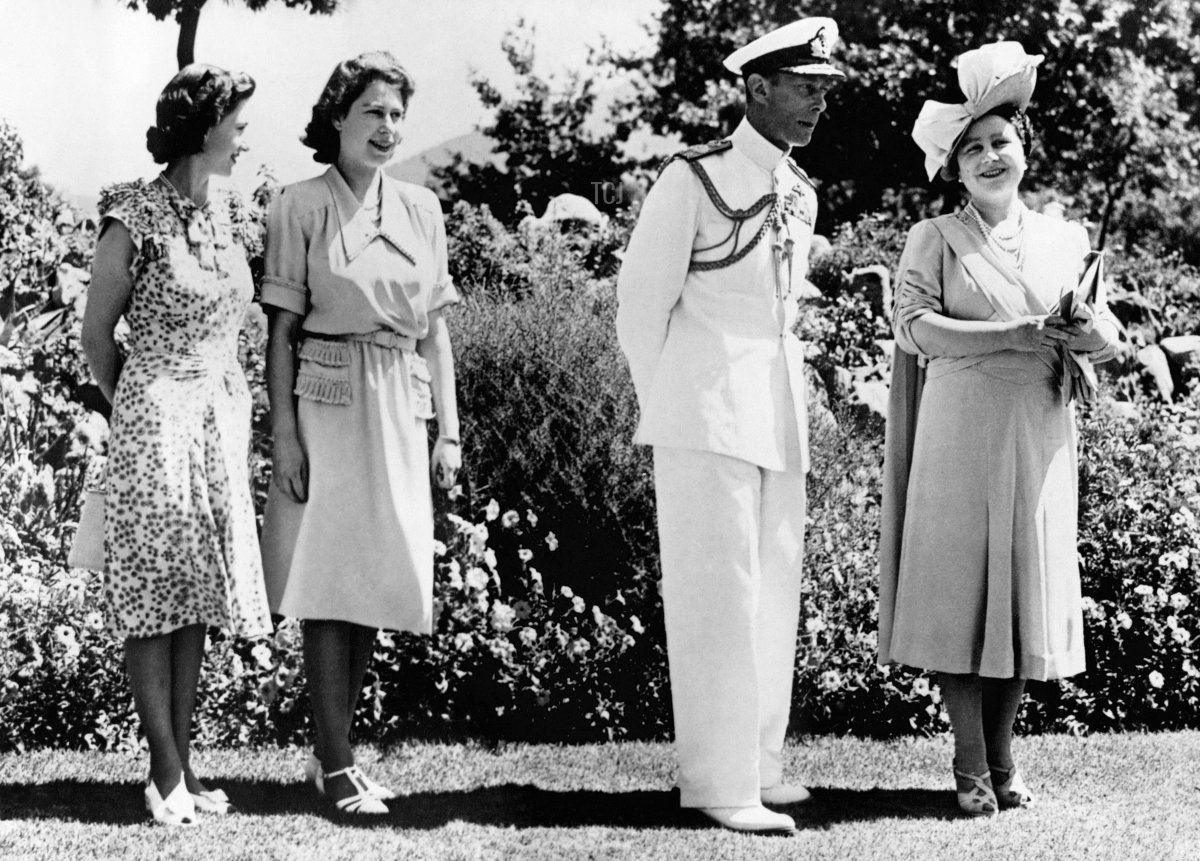
King George VI, Queen Elizabeth, Princess Elizabeth, and Princess Margaret had embarked on a three-month royal tour of South Africa in February 1947, their last major hurrah as a family of four. (Elizabeth was privately engaged to Lieutenant Philip Mountbatten, though they’d agreed to wait until after her 21st birthday, which took place during the tour, to announce it to the world.) While the majority of their time was spent traveling widely throughout South Africa, they also made stops in Southern Rhodesia (Zimbabwe) and Bechuanaland (Botswana).
In Salisbury (Harare) on April 7, 1947, during a reception at Government House, six local children officially presented Princess Elizabeth with a remarkable birthday gift. Sixteen-year-old Moira Darby had the honor of offering the present directly to the princess. On the velvet-covered tray held out by Darby, Elizabeth found a delicate diamond brooch in the shape of a flame lily, the national flower of Southern Rhodesia (Zimbabwe). More than 40,000 schoolchildren had contributed small sums of money toward the creation of the brooch, which was dreamed up by local jeweler Len Bell and constructed by Eric Kippin in Johannesburg. The brooch contains nearly 300 diamonds (from De Beers) set in platinum and white gold.
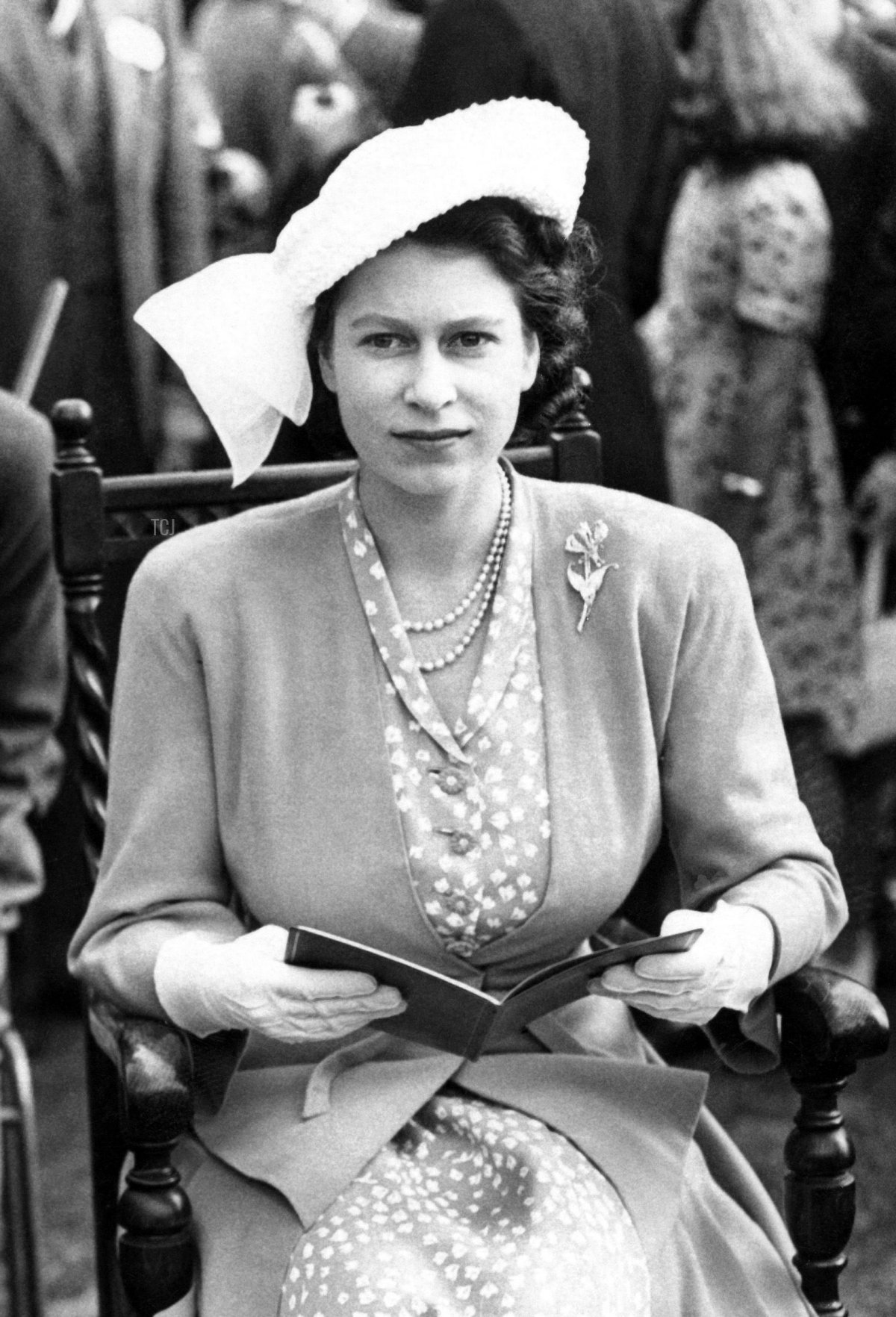
Princess Elizabeth was absolutely delighted with the present, so much so that she immediately took the brooch out of the box and pinned it to the yellow gown that she’d worn for the afternoon reception. In the years afterward, the princess continued to use the brooch regularly. In the photograph above, taken at the Metropolitan Police Horse Show in London in June 1948, you’ll see the brooch pinned to her jacket.
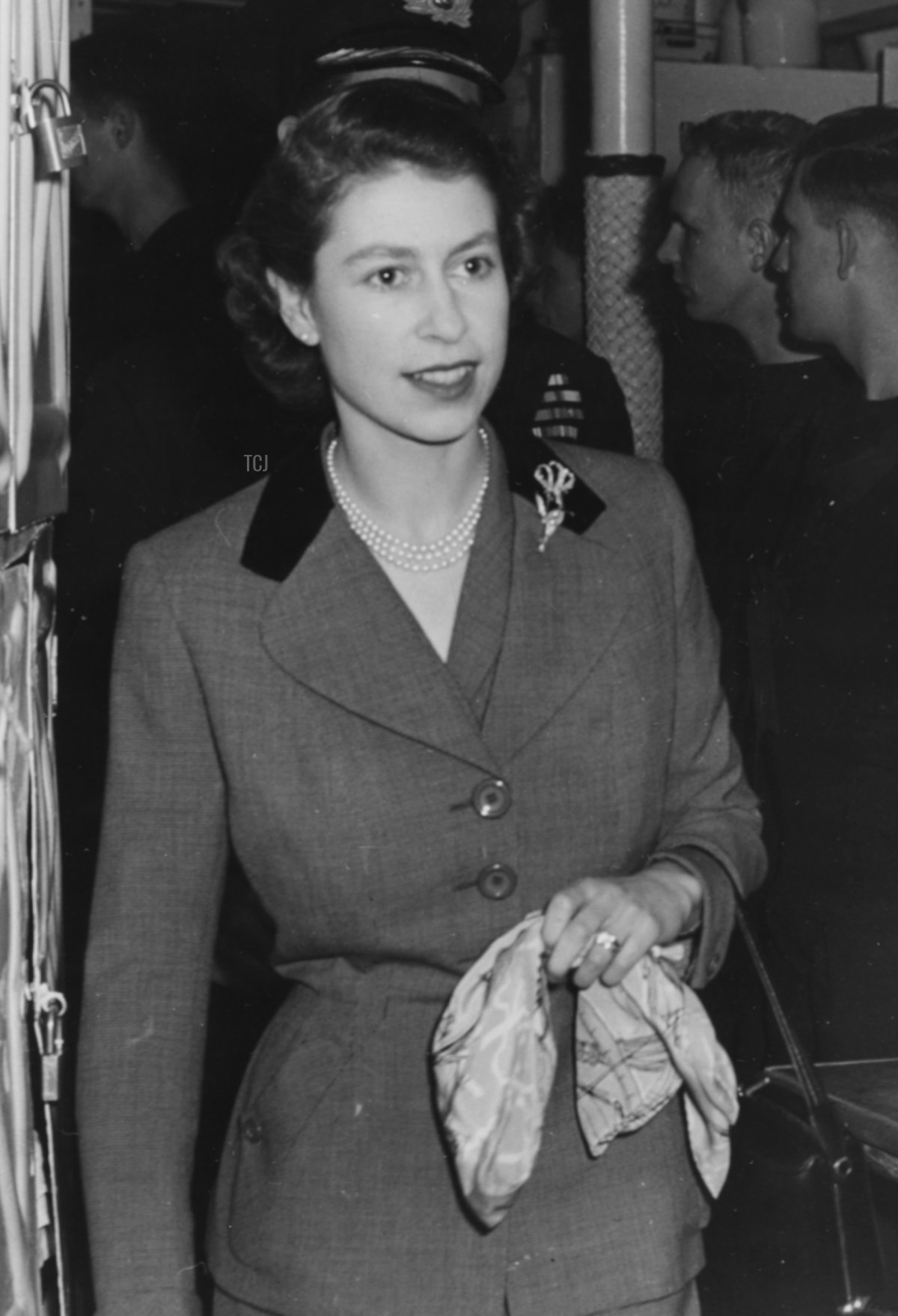
As the years went on, and Princess Elizabeth and her new husband began taking on more and more royal duties, the brooch traveled once more outside Britain. The Edinburghs embarked on a royal tour of Canada and the United States in the autumn of 1951, and the brooch was packed in Elizabeth’s luggage for the trip. Above, she wears the brooch as she inspects a group of crewmen aboard the HMCS Ontario during a stop in Newfoundland in November 1951.
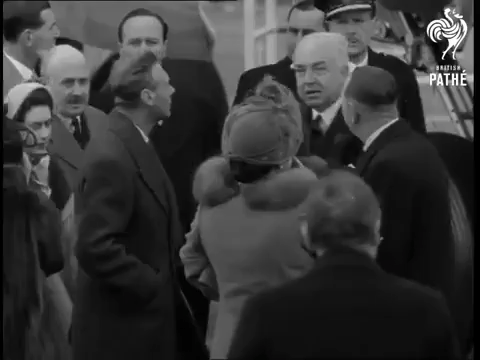
After spending Christmas back in Britain with their children, Prince Charles and Princess Anne, and the rest of the royal family, Elizabeth and Philip were tapped to step in and represent the family abroad once more. They replaced her parents, King George VI and Queen Elizabeth, on a Commonwealth tour. The tour was billed as one of the biggest ever planned. It was expected to take six months, with stops in Kenya, Ceylon (Sri Lanka), Australia, Tasmania, and New Zealand.
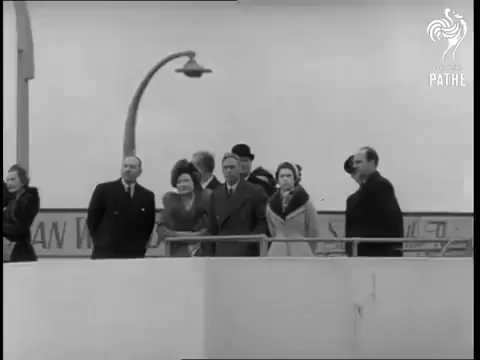
King George VI’s health had been poor for several years, and in recent months, it had become increasingly precarious. Elizabeth and Philip’s Canadian tour had been delayed when the king had to undergo surgery to remove his entire left lung. Doctors found a tumor and realized that he was suffering from lung cancer. Even so, the 56-year-old monarch insisted on accompanying the rest of the royals to say farewell to Princess Elizabeth and Prince Philip as they departed from London Airport on January 31, 1952, to head to Nairobi. No one knew then that the appearance would be his final one in public.
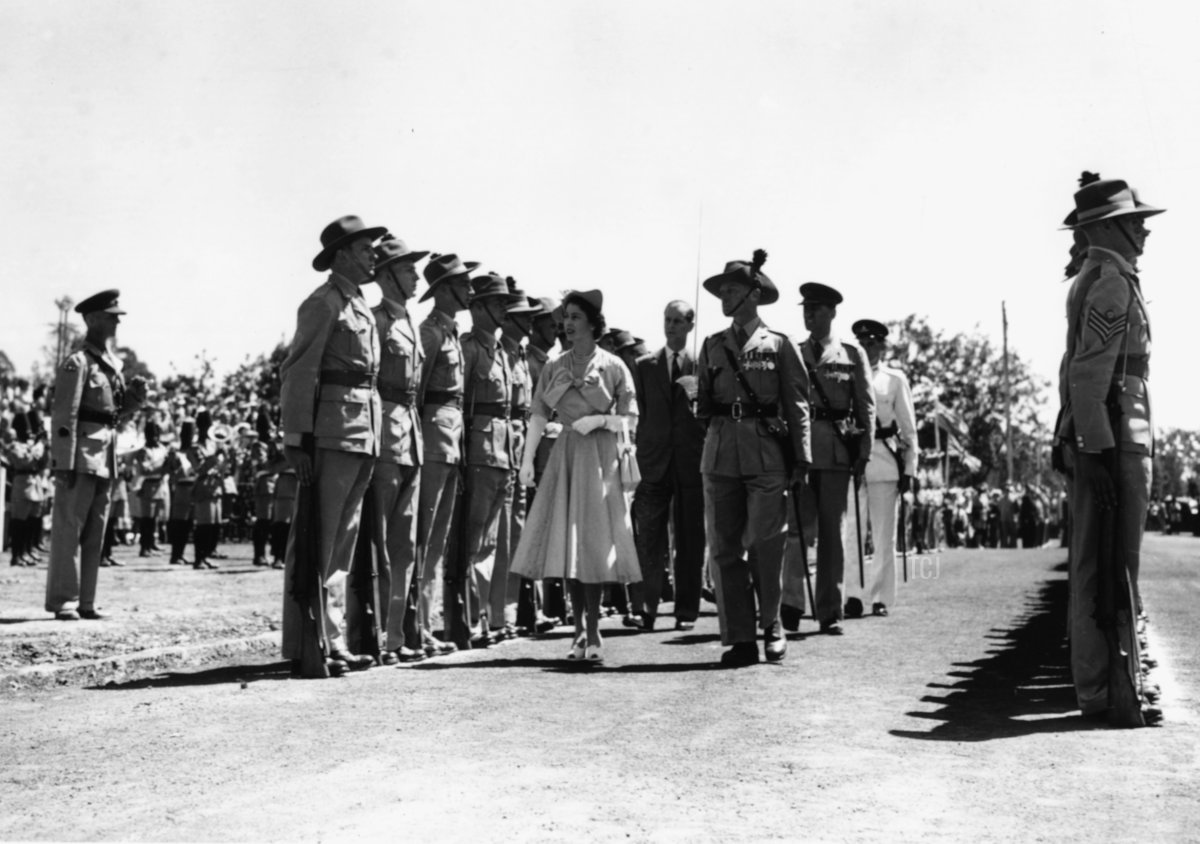
Elizabeth and Philip arrived in Kenya on February 2, 1952, and began carrying out a slate of public engagements, reviewing troops, visiting a hospital, and attending a polo match. These first days were dubbed “the most informal” part of the tour by the press.
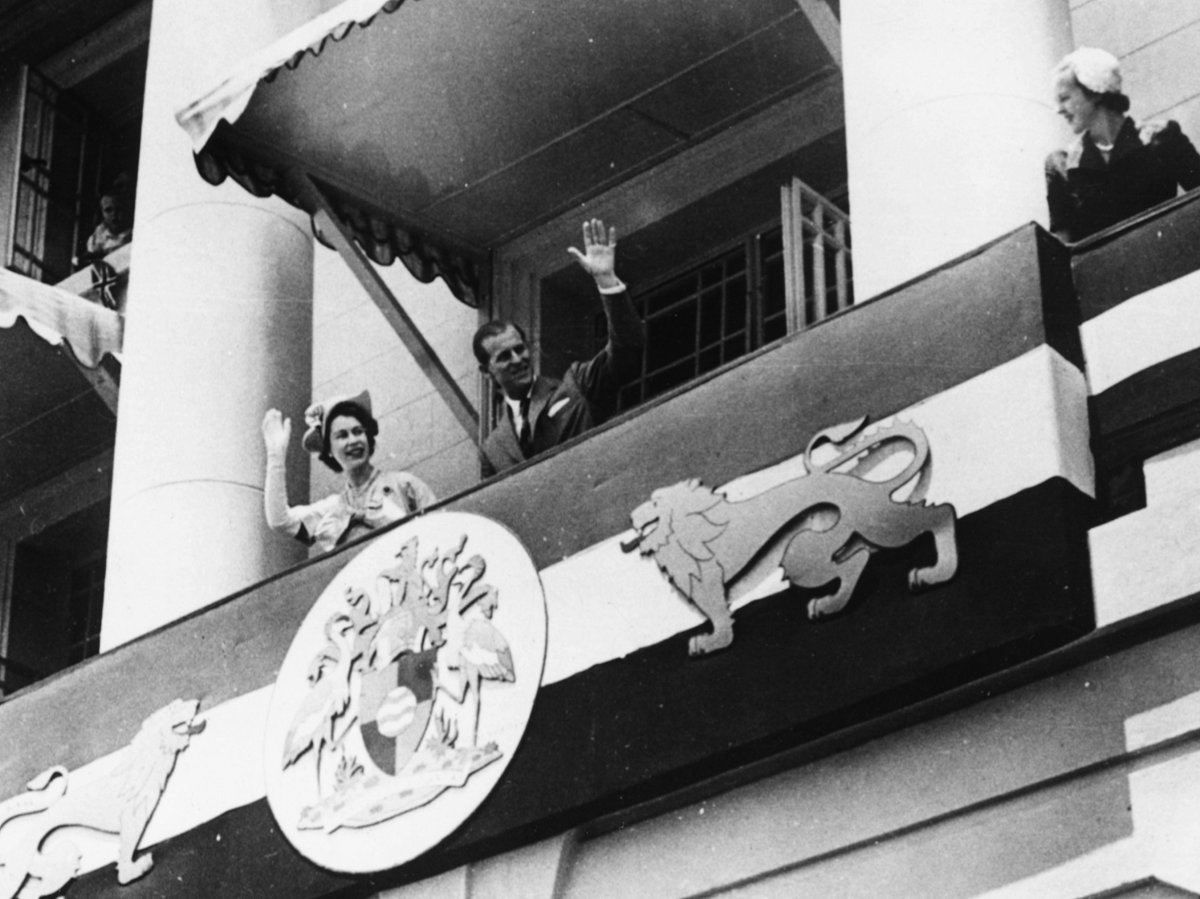
Even so, Elizabeth and Philip met many people and undertook many engagements in the first two days, including a visit to City Hall in Nairobi. Elizabeth showed off some of the pieces of royal jewelry that she’d packed in her tour wardrobe, including the Vanguard Rose Brooch, the Greville Ivy Leaf Clips, and the Sapphire Chrysanthemum Brooch. Most of her clothing, however, was in Mombasa aboard the SS Gothic, the ship that would carry the couple across the ocean during the remainder of the tour.
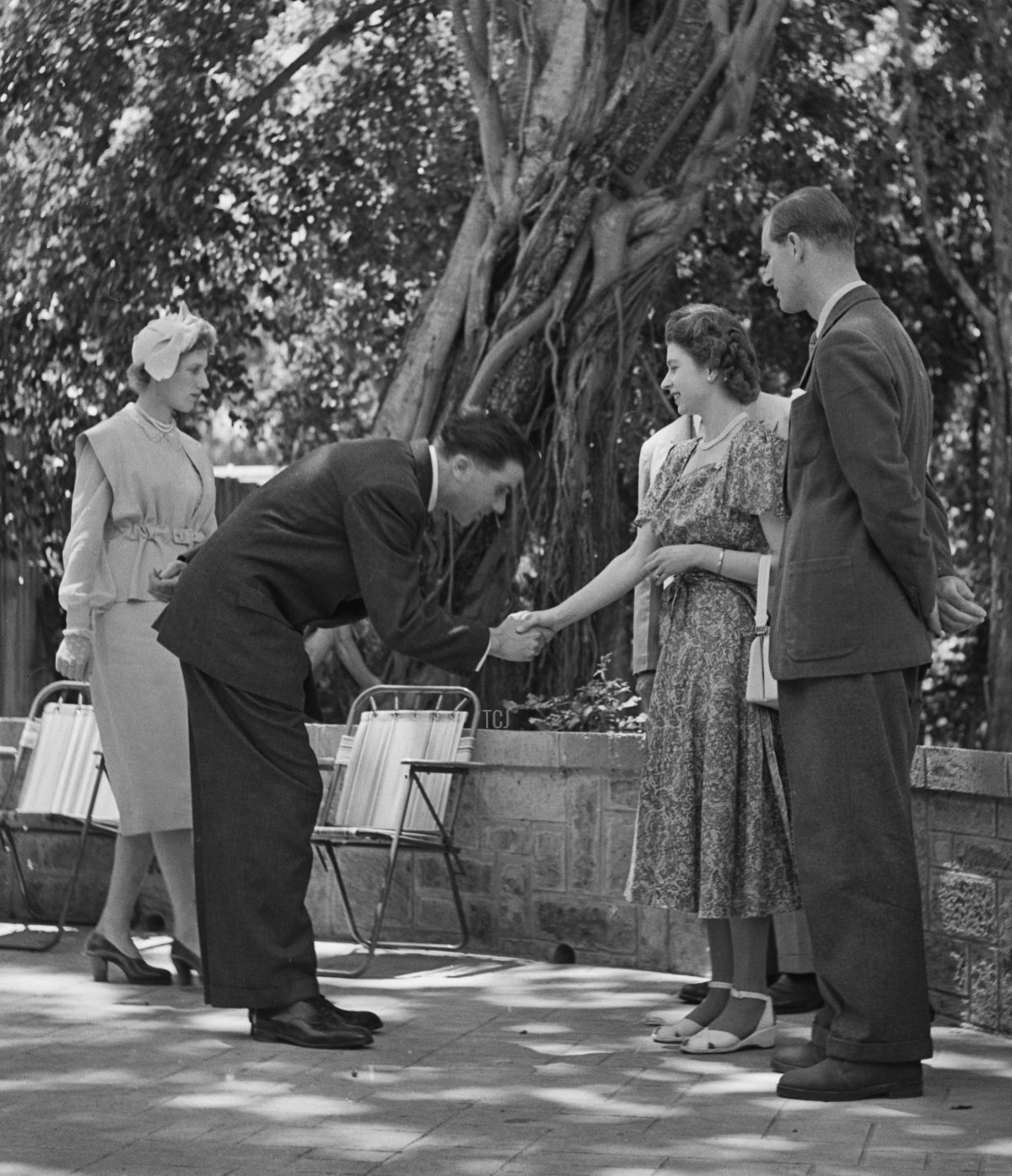
On February 5, 1952, the couple arrived at Sagana Lodge near Mount Kenya. The lodge had been leased to the Edinburghs as a wedding gift in 1947, for their use while visiting Kenya. They met with government officials at the lodge before heading off to stay at Treetops Hotel for the evening.
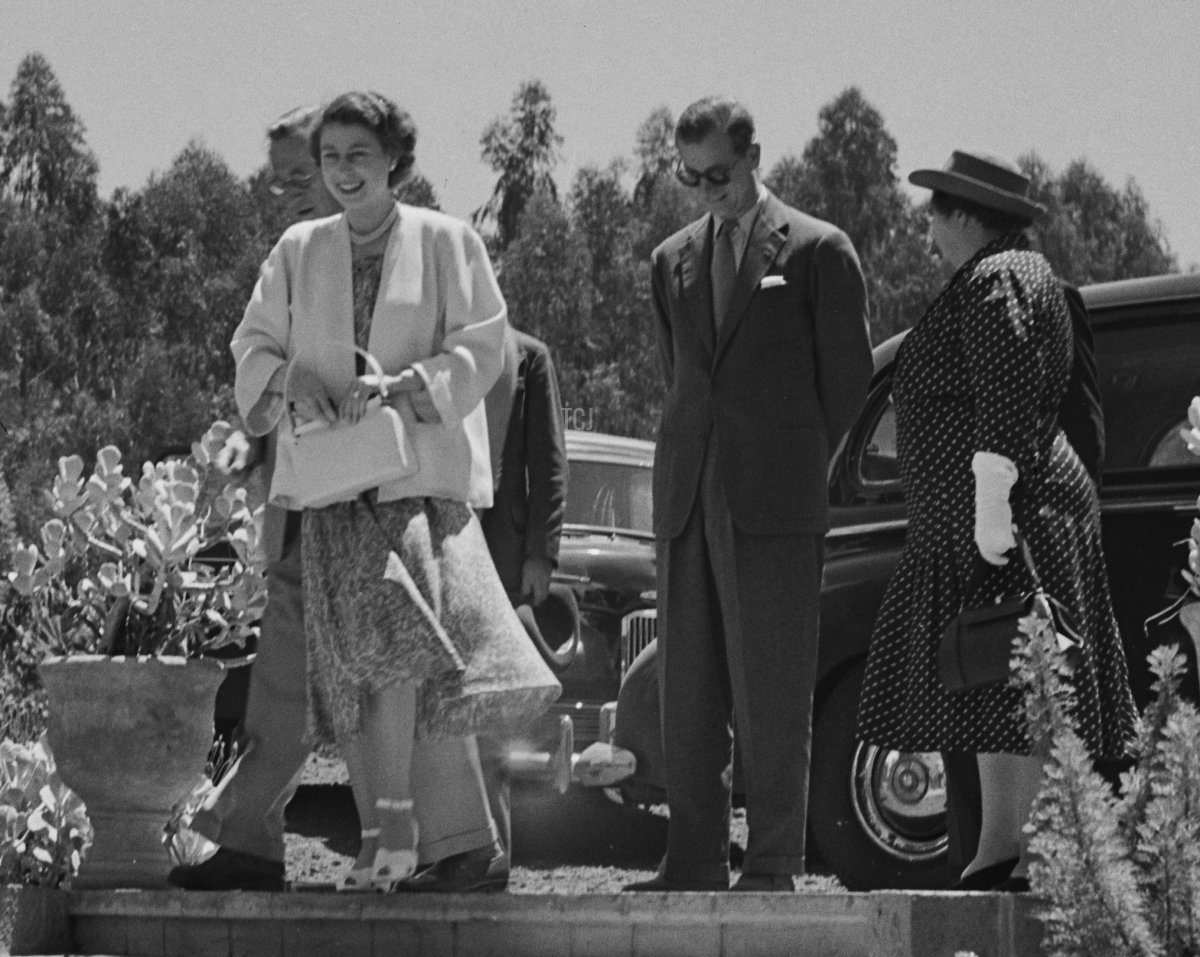
After the Edinburghs returned to the lodge on the morning of February 6, they received astonishing and heartbreaking news. Elizabeth’s father, King George VI, had died in his sleep at Sandringham during the night. She was now Queen of the United Kingdom. They would not be traveling to Mombasa to continue the tour. They’d be returning to London right away.
Sadly, the king’s deteriorating health had prepared courtiers for such a moment during their travels with Elizabeth and Philip. During the 1951 tour of Canada, the princess’s private secretary, Martin Charteris, had begun traveling with a draft of an accession declaration, should the princess suddenly accede to the throne while abroad. He’s the one who famously asked her what regnal name she’d like to use. Her lady-in-waiting, Lady Pamela Mountbatten, recalled that she replied, “Elizabeth, of course. It’s my name.”
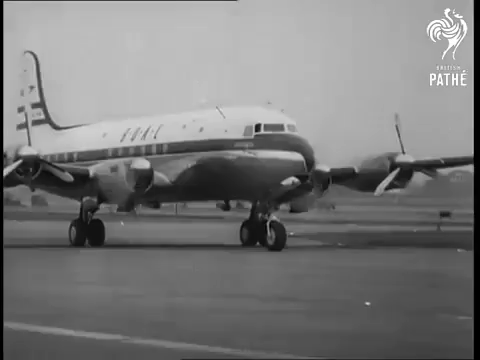
The staff working on the tour scrambled, scrapping all previous plans and focusing on getting the royal couple back to Britain. They were soon back on the Argonaut, the plan that had flown them from England to Kenya. After a delay caused by stormy weather, they flew back overnight to London.
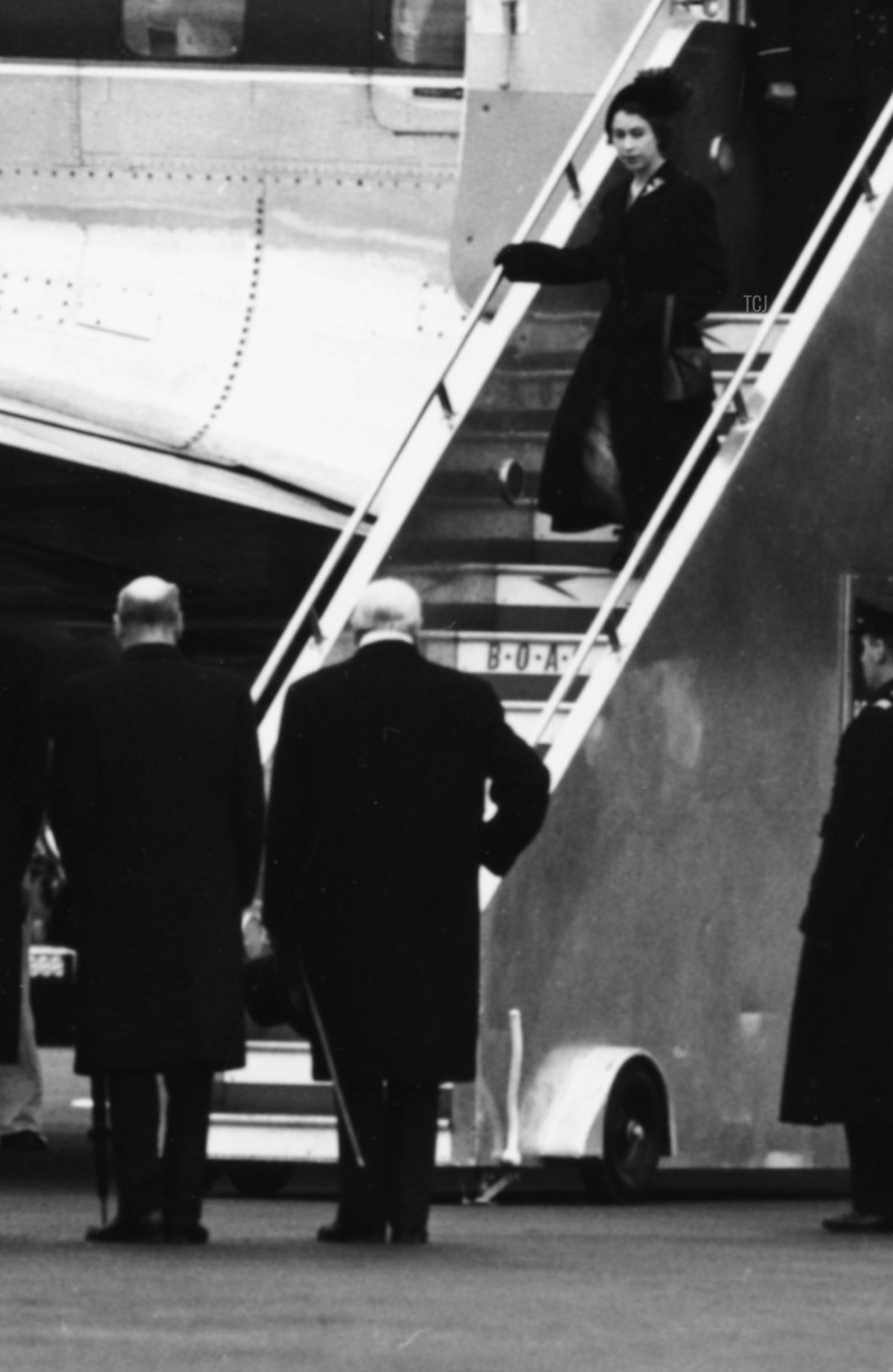
The clothes that had been packed for Elizabeth to wear in Kenya didn’t include any mourning attire, so her dresser, Bobo MacDonald, had to cable her deputy on board the Gothic to send along something appropriate for the new Queen to wear on her arrival. A black coat, bag, and shoes were provided, but Lady Pamela remembers that no appropriate black hats had been packed in the tour wardrobe, and one had to be brought onto the plane once they landed in London. The new monarch descended from the airplane and stepped on to British soil for the first time. She was greeted by government officials (including the Prime Minister, Sir Winston Churchill) and family members (including the Duke of Gloucester and Lord Mountbatten).
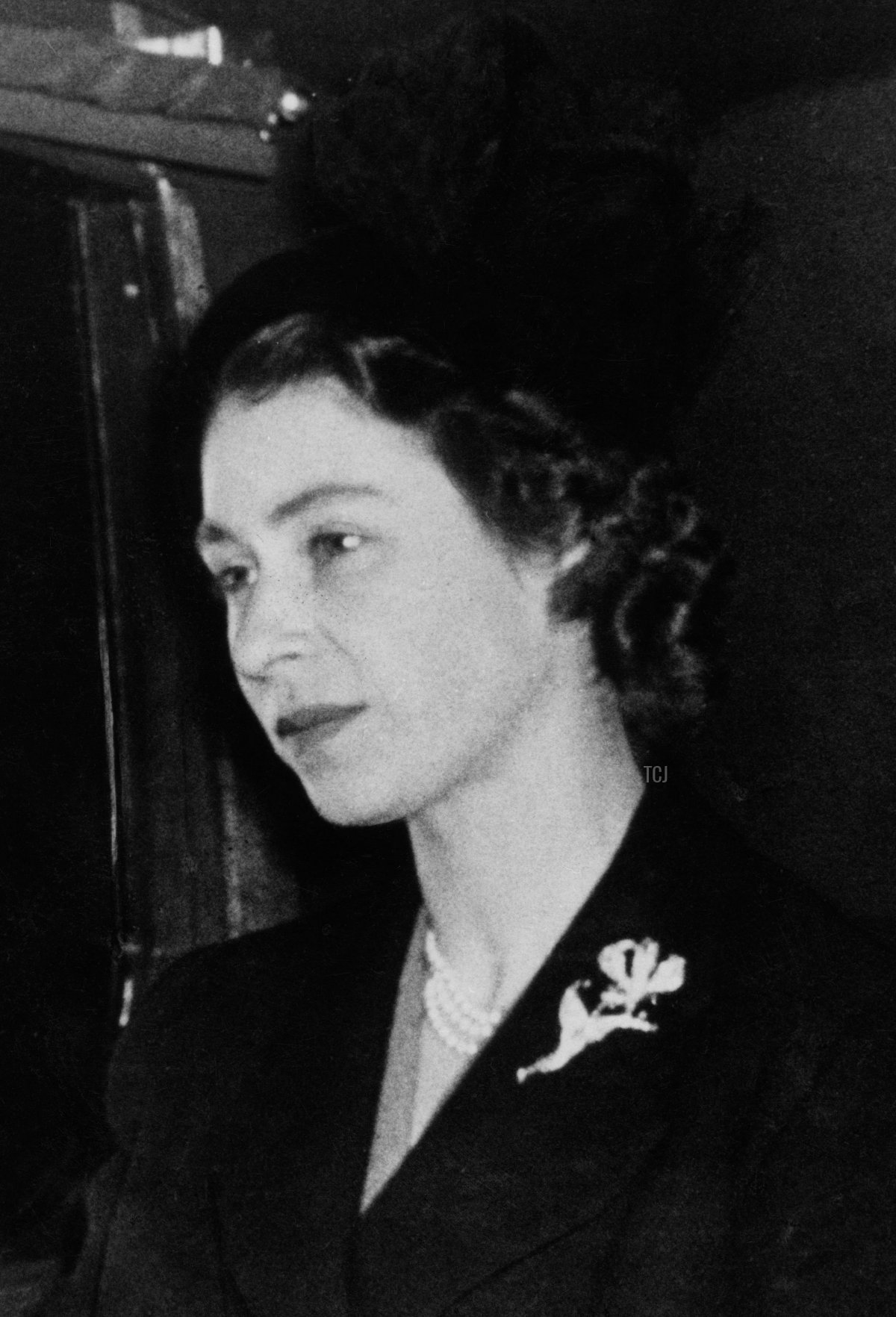
On her black mourning coat, the Queen had pinned the flame lily brooch she’d received in Southern Rhodesia nearly five years earlier. I’ve often wondered precisely why this brooch was chosen for such an important occasion. The Queen’s jewelry collection was not so large in 1952 as it is now, so her options were more limited. And, of course, she was limited to the jewels she’d brought along for the tour—though, with a six-month itinerary, surely almost all of her significant jewelry had been packed for the journey.
It does makes sense that the brooch would have been packed along for the tour (as it had been for the Canadian trip), as it was a gift from the Empire. The flame lily is also an important symbol for many in Sri Lanka, which was one of the destinations on the planned tour. And it’s certainly appropriate for a solemn occasion. Generally, “white” jewels are usually worn for mourning, meaning diamonds and pearls, and it fits that bill. Ultimately, the brooch is beautiful, significant enough to be worn by a monarch, and floral but not overly cheerful or twee.
Symbolically, I also find it interesting that the scientific name of the flame lily is Gloriosa superba. It’s awfully close to “Gloriana,” the name that Spenser famously gave to Queen Elizabeth I in The Faerie Queene. That name would be echoed in the celebrations of the new Queen Elizabeth II in 1952 and 1953. In the end, the Flame Lily Brooch ended up meeting the moment perfectly, and it has become part of an iconic series of historic photographs.
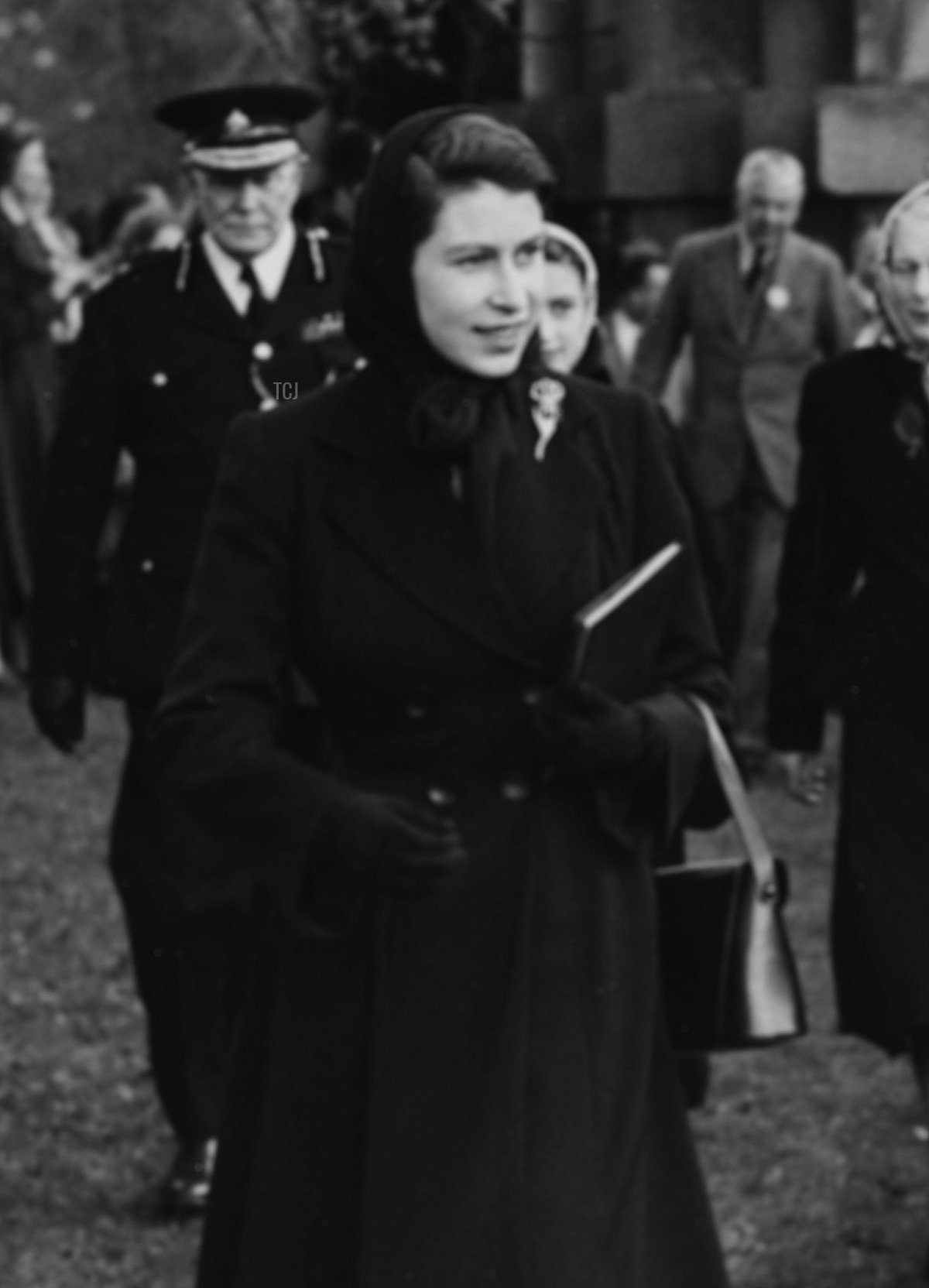
Indeed, the new Queen found the brooch quite useful during the period of mourning that followed her father’s death. She often wore the brooch with black clothing in the months after her accession. Above, she wears the brooch in April 1952 to watch the Olympic Horse Trials at Badminton.
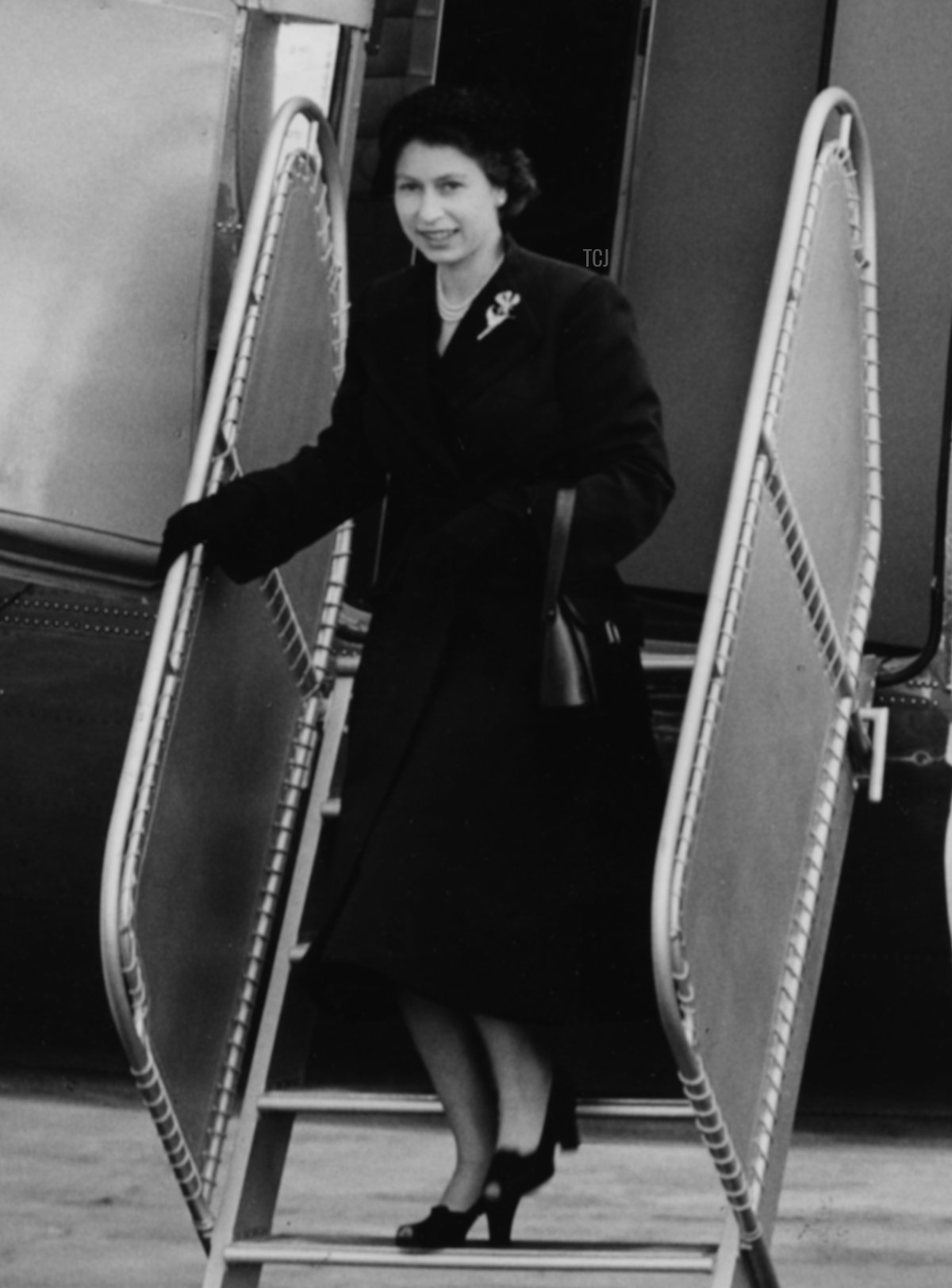
And here, in June 1952, she wears the brooch once more at London Airport. She was on her way back to Windsor Castle from Balmoral, where she’d spent the Whitsun holiday with Prince Charles and Princess Anne.
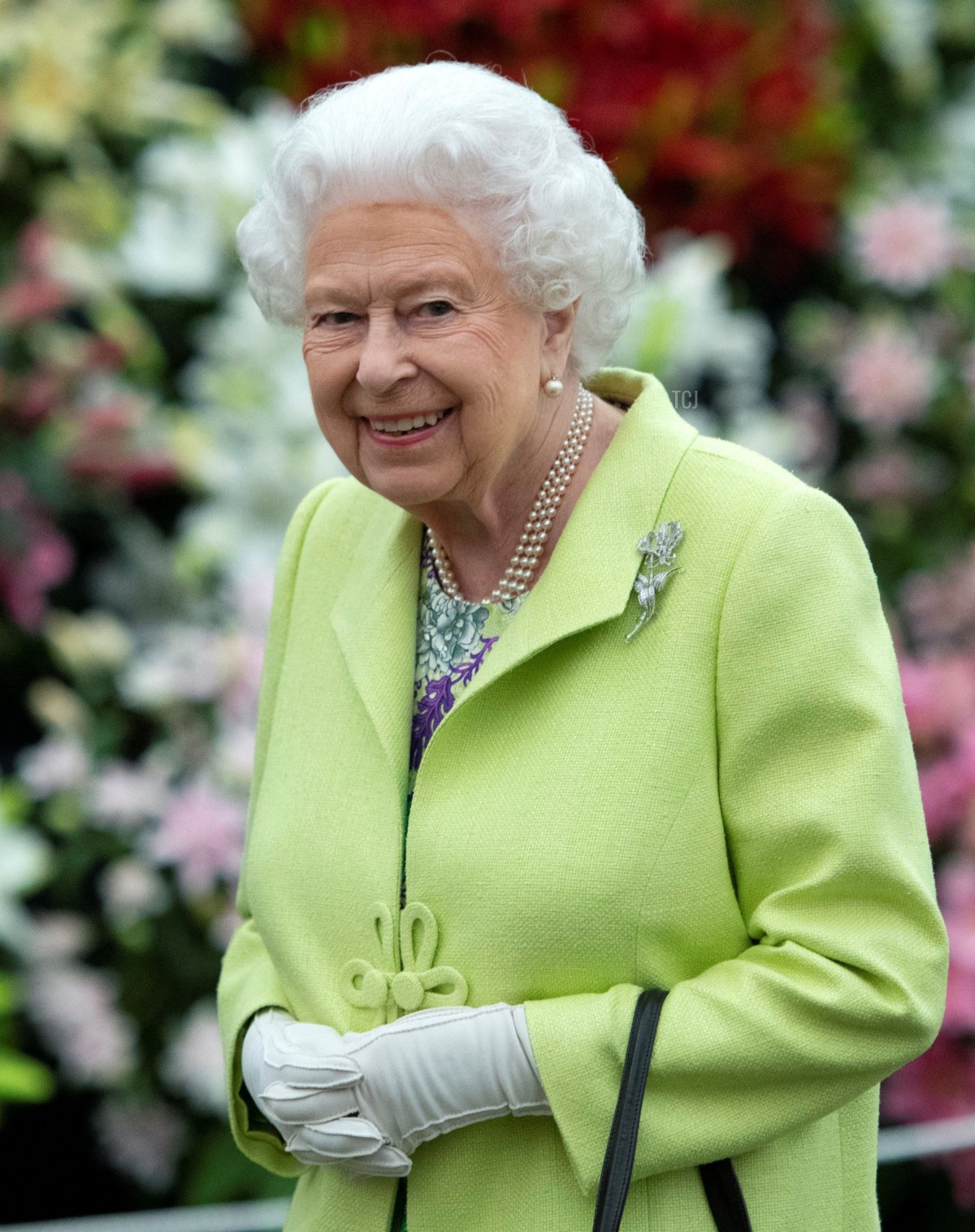
The Queen still owns the Flame Lily Brooch today, and she still wears it in public fairly regularly. Above, she wears the brooch at the Chelsea Flower Show in May 2019. Interestingly, she actually now owns at least two identical Flame Lily Brooches—head over here to learn why!
Leave a Reply
You must be logged in to post a comment.